Apple just this week refreshed its 14 and 16-inch MacBook Pro offerings with more powerful internal hardware, so while the externals look nearly identical to the 2021 year models, the early-2023 versions offer a lot more power and capability.
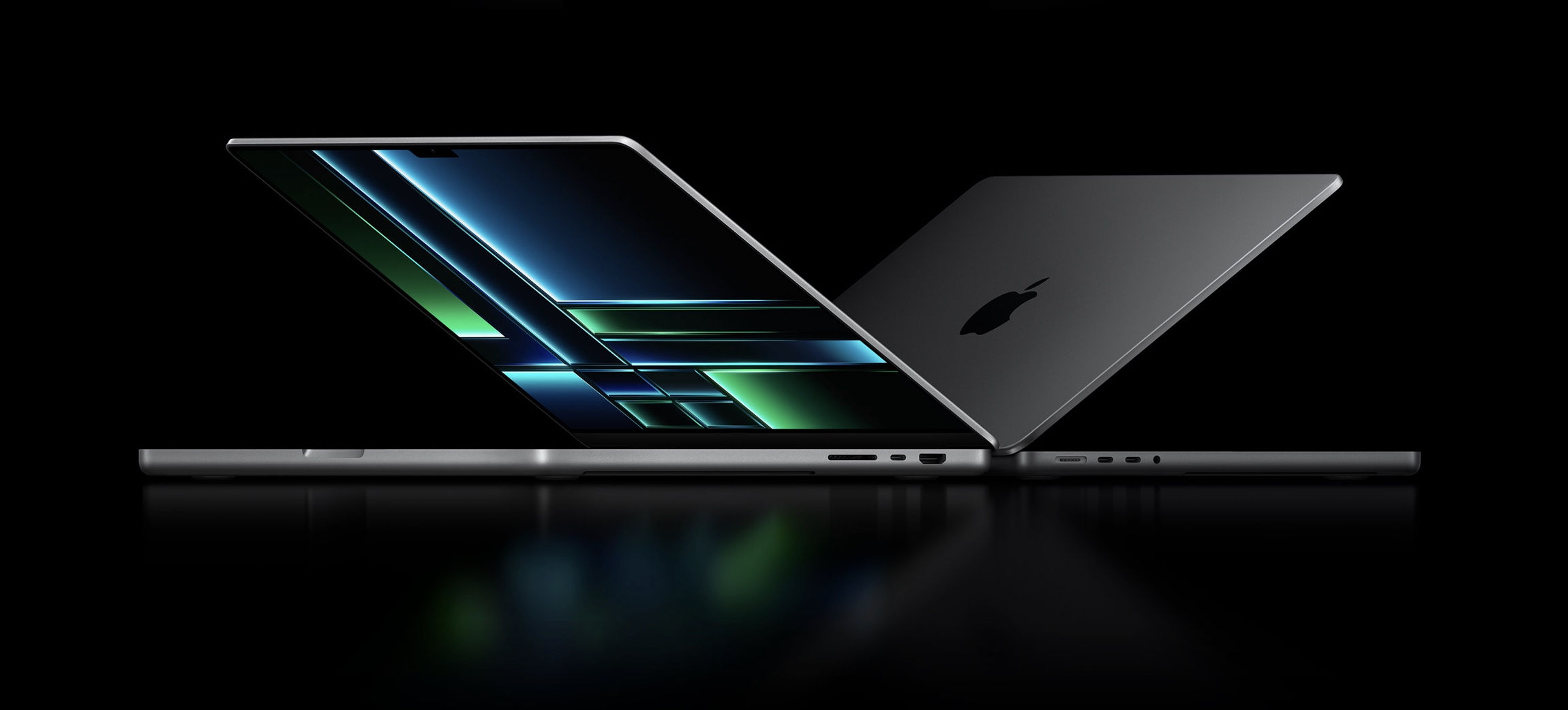
But if you’ve been too busy to read along this week, then we’re happy to come at you with a roundup highlighting all the major changes in the early-2023 14 and 16-inch MacBook Pro models just in case you’re balancing the pros and cons of picking one up for yourself.
The biggest changes in the 2023 14 and 16-inch MacBook Pro
M2 Pro and M2 Max chips
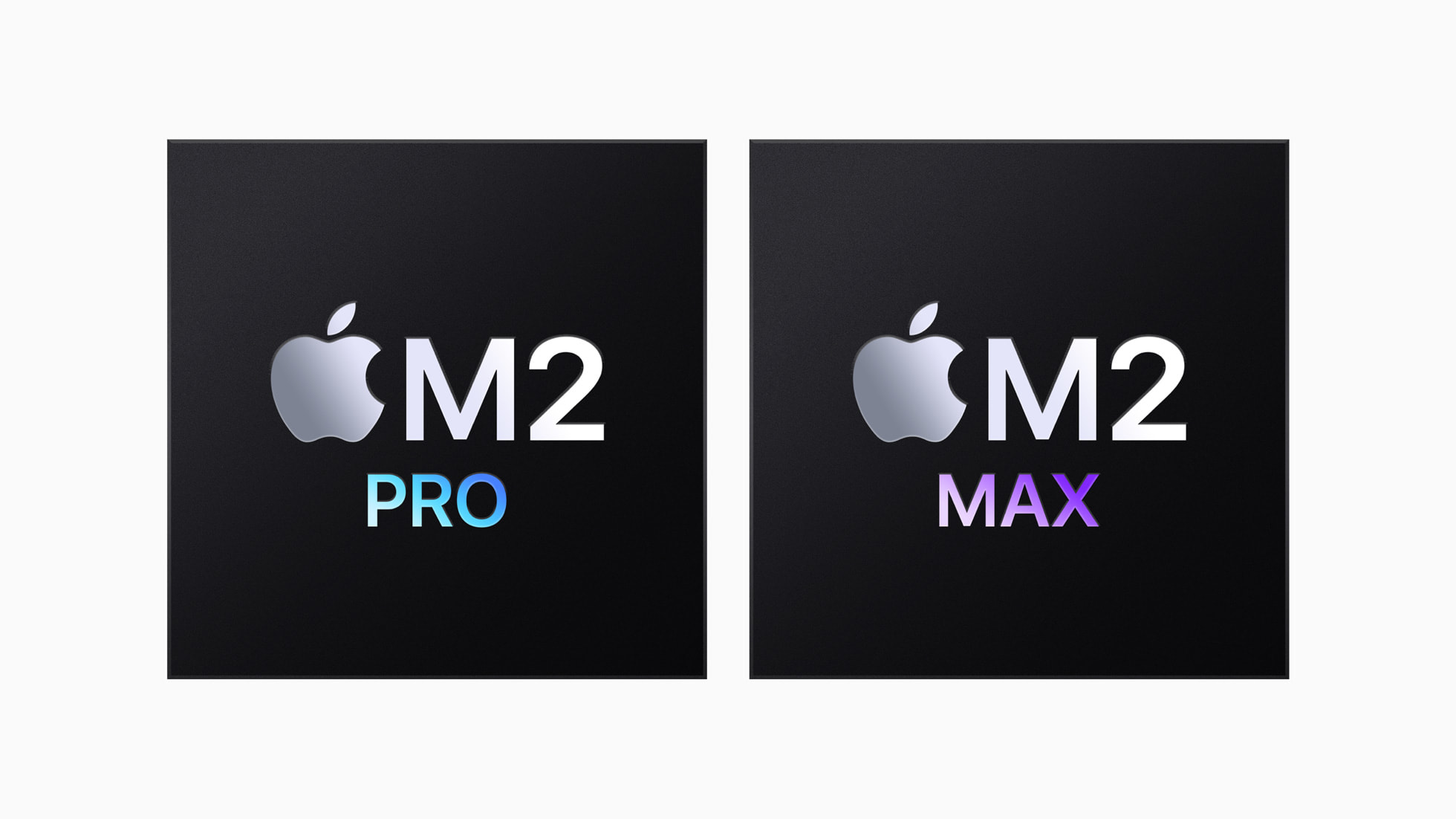
Perhaps the most distinguishable difference between the 2021 and 2023 models is the newer and faster M2 Pro and M2 Max chip offerings. These replace the now outgoing M1 Pro and M1 Max.
According to Apple, the M2 Pro provides up to 20% faster CPU performance and up to 30% faster GPU performance than the M1 Pro. The M2 Pro also gives the user the option to upgrade to up to 12 CPU cores (that’s two more than the M1 Pro) and up to 19 GPU cores (that’s three more than the M1 Pro).
The M2 Max, on the other hand, lends the same CPU and GPU performance upgrades – 20 and 30% respectively when compared to the M1 Max. The M2 Max can be upgraded to up to 12 CPU cores (that’s two more than the M1 Max) and up to 38 GPU cores (that’s six more than the M1 Max).
There’s also a noticeable difference in the neural engines, which get a 40% speed bump. Both the M2 Pro and M2 Max have a 16-core neural engine, but they’re capable of 15.8 trillion operations per second, which beats the M1 Pro and M1 Max’s 11 trillion operations per second.
While the M2 Pro has the same 32GB unified memory support as the M1 Pro, it’s worth noting that the M2 Max now supports up to 96GB of unified memory, whereas the M1 Max only supported up to 64GB of unified memory. Memory bandwidth remains the same at 200GB/s on the M2 Pro and 400GB/s on the M2 Max.
Up to 96GB of unified memory
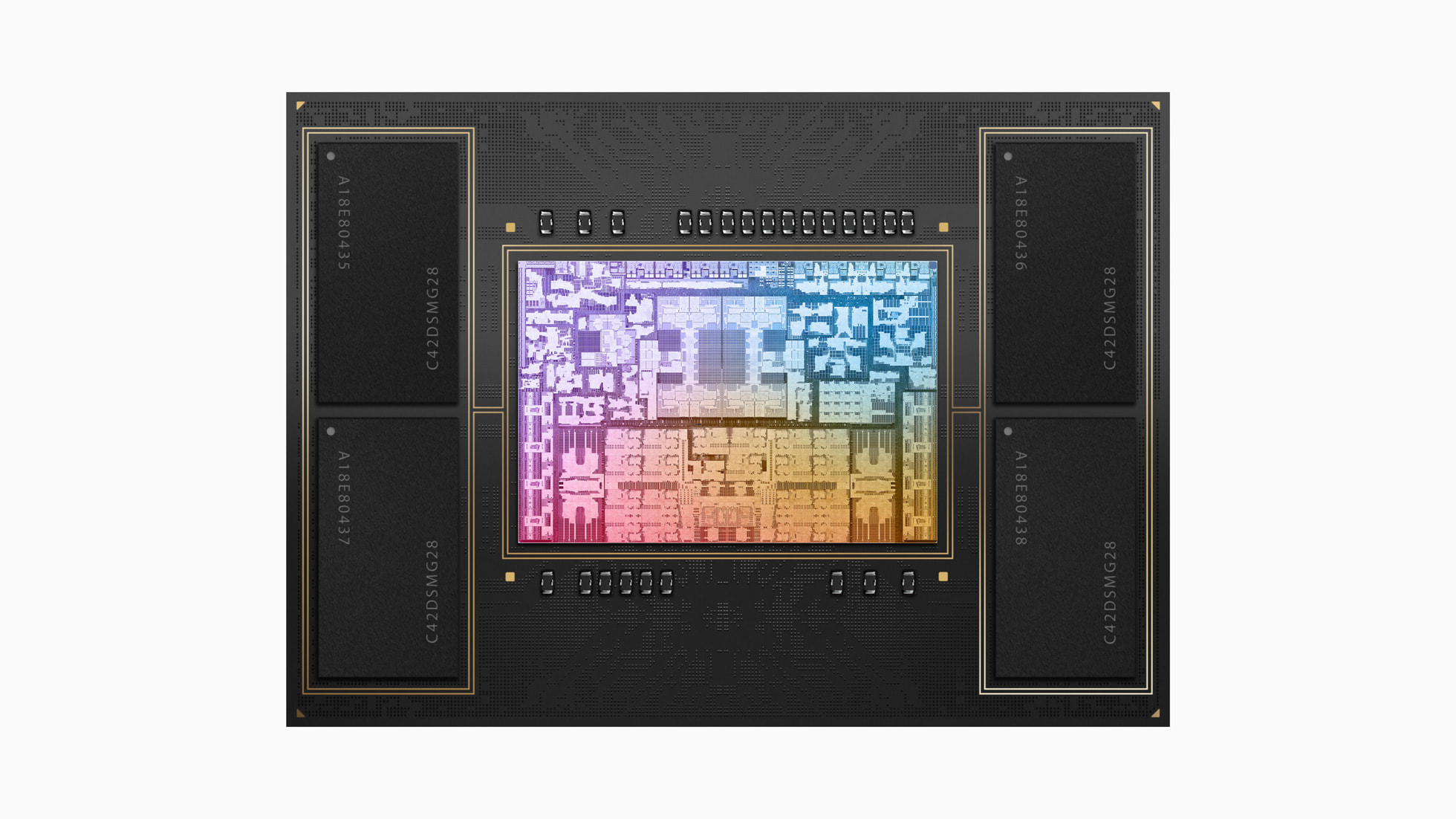
The new memory tolerances of the M2 Max mean that users can now upgrade their system’s unified memory (RAM) to up to 96GB, which was previously constrained to 64GB with the M1 Max.
While almost no one needs this kind of memory for basic day-to-day computer tasks, this still demonstrates the raw power and capability of the new M2 Pro and M2 Max architectures.
Unfortunately for buyers of the M2 Pro, the amount of memory that the system allows remains capped at 32GB, which is still plenty for the average person.
Support for newer wireless standards
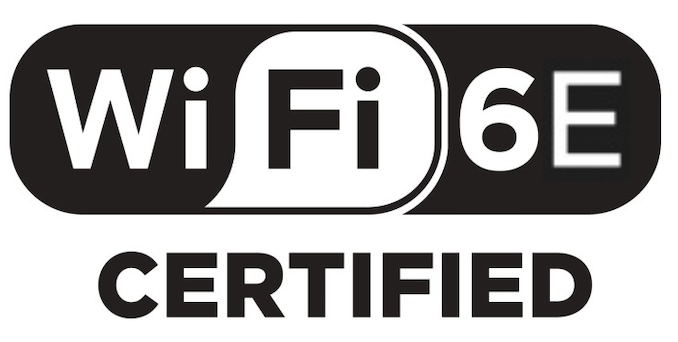
Under the hood, the 2023 14 and 16-inch MacBook Pro models support newer Bluetooth and Wi-Fi technologies than the 2021 models.
For Bluetooth, the latest machines get the Bluetooth 5.3 standard compared to the Bluetooth 5.0 standard in the 2021 models. Bluetooth 5.3 brings with it a lower power consumption, improved security, less interference, and better overall performance.
In terms of Wi-Fi, Apple gave the latest MacBook Pros the Wi-Fi 6E standard, which is a bump up from the Wi-Fi 6 standard in the 2021 models. Wi-Fi 6E offers improved performance over Wi-Fi 6 by offering a higher bandwidth for supported devices and applications, but you’ll need a router and other hardware with Wi-Fi 6E built-in to actually notice any difference.
HDMI 2.1 built-in
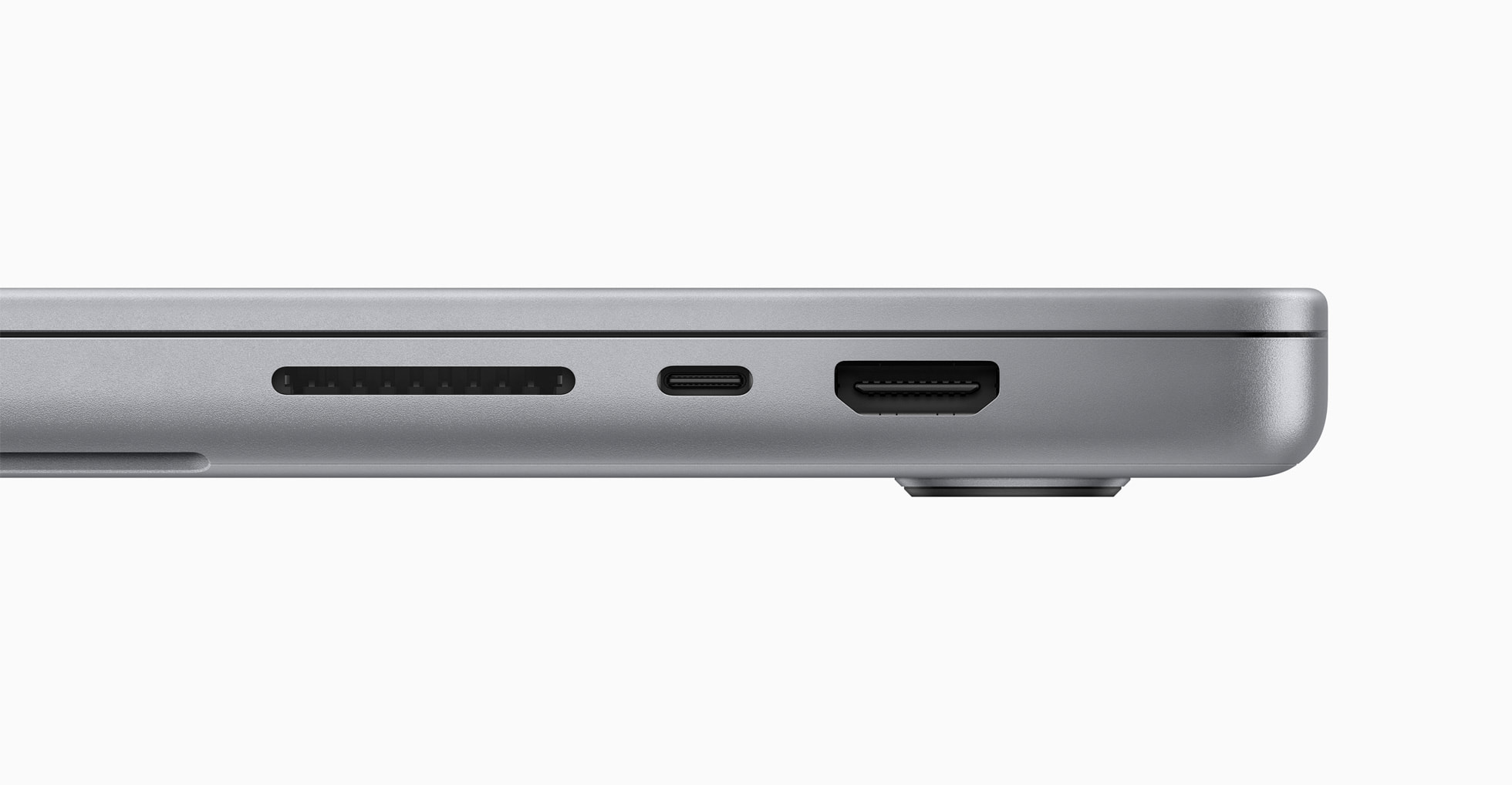
In 2021, Apple brought the HDMI port back to the MacBook Pro, but it was only an HDMI 2.0 port. This time, the 2023 14 and 16-inch MacBook Pro feature an HDMI 2.1 port, which offers a bit more for the end user.
The biggest difference is the bandwidth. HDMI 2.0 supports up to 18Gbps, while HDMI 2.1 supports up to 48Gbps. Because of this, HDMI 2.1 doesn’t have to compress data as much as HDMI 2.0, which preserves output picture quality. This also means that HDMI 2.1 can support 4K at up to 240Hz, while HDMI 2.0 can only support 4K at up to 60Hz.
There are some other perks related to HDMI 2.1, such as variable refresh rate and automatic low-latency mode, but other differences are unlikely to be distinguishable by the average user in day-to-day usage.
Boosted battery life
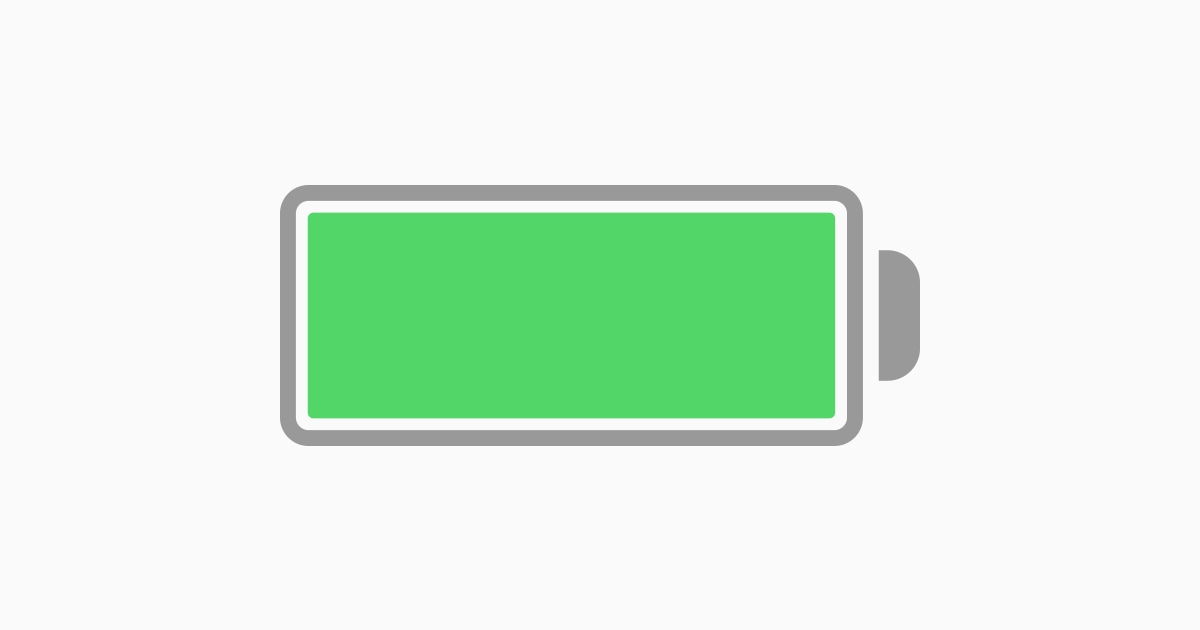
The Apple silicon in the 2021 14 and 16-inch MacBook Pro already offered all-day battery life with the larger of the two offering approximately 21 hours, but thanks to the efficiency improvements in in the latest hardware, the 2023 16-inch MacBook Pros are capable of up to 23 hours of battery life.
The numbers obviously differ between the 14 and 16-inch models because of the size of the battery within, but you can expect greater battery life across the board with the 14-inch getting up to 18 hours – that’s up from 17 hours in the 2021 14-inch model.
Attention to detail
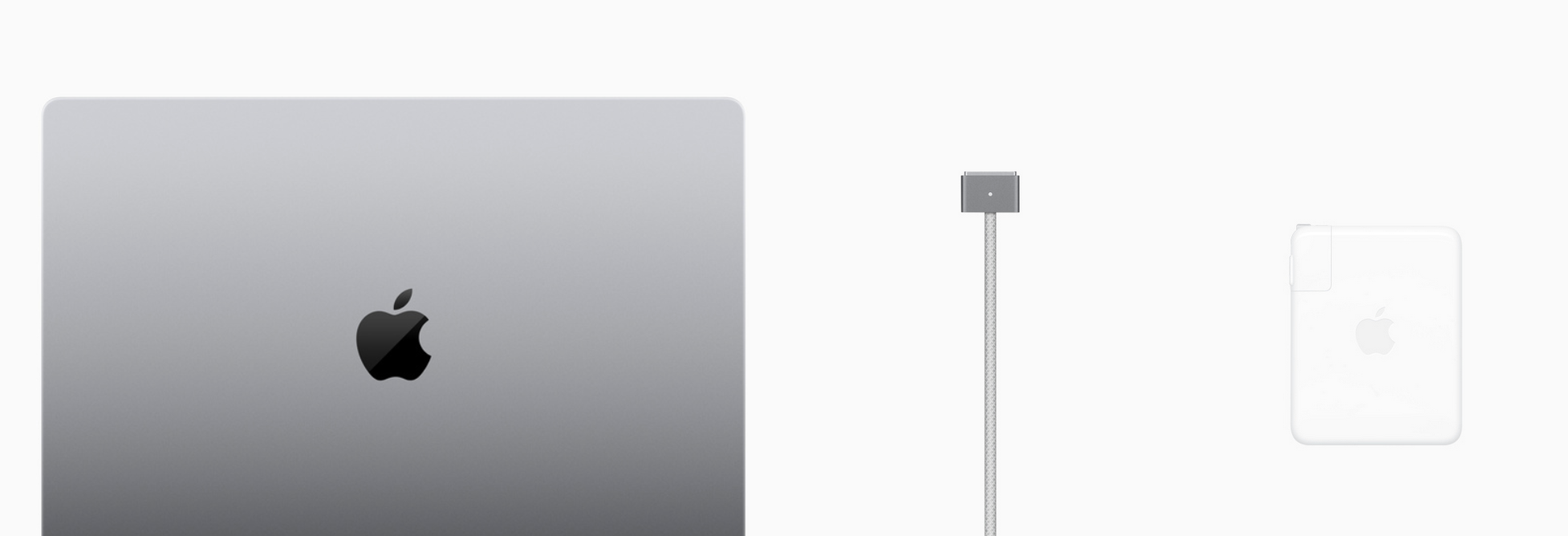
Apple is finally providing a color-matched braided USB-C to MagSafe charging cable with the 2023 14 and 16-inch MacBook Pro, which means that Space Gray buyers won’t be stuck with a white and silver cable like they were with the 2021 models.
Albeit a minor change that won’t impact performance in any way, it’s a nice attention to detail that would have been nice in 2021. It just took Apple a little while to understand that this is what users wanted after all.
Should you upgrade?
Whether or not the changes above justify an upgrade from the 2021 14 and 16-inch models is going to be highly subjective.
I personally have a 2021 16-inch MacBook Pro and have no intention of upgrading this year, but if you can’t live without the new spec options, HDMI performance, improved battery life, better connectivity, and color-matched USB-C to MagSafe cable, then you can certainly opt to hand your hard-earned money over to Apple.
In my opinion, a 20% boost in performance on a machine that already keeps up with everything better than most (or all) of the competition is pointless. But if you have an older MacBook Pro without Apple silicon in it, then I would say the upgrade is absolutely worth it because you’ll easily double or triple your battery life and see faster speeds all the way. Just keep in mind that you’d lose Bootcamp (Windows dual-booting) support.
Are you planning to upgrade based on the changes listed above? Let us know in the comments section down below.